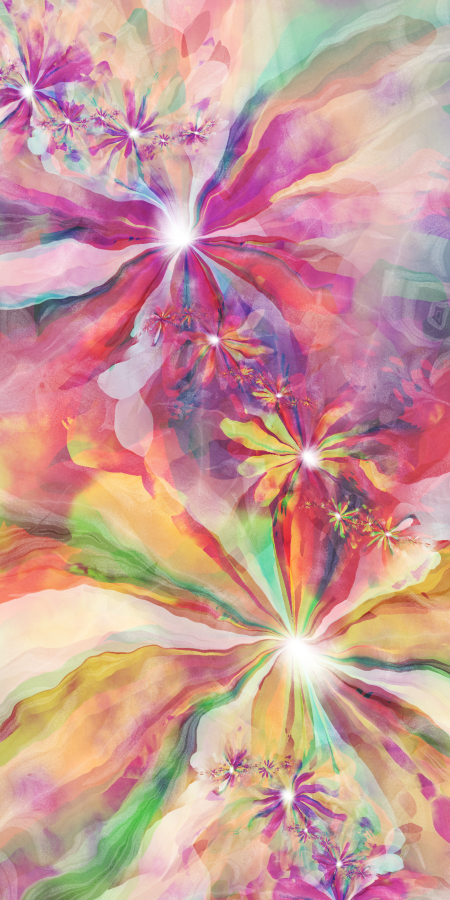

- Video import for ultra fractal movie#
- Video import for ultra fractal archive#
- Video import for ultra fractal windows 10#
Vegas Pro 19 (Latest build Vegas Post), HitFilm Pro,īoris Continuum, Sapphire, Silhouette Standalone + Plugin,ĭesktop PC Microsoft Windows 10 Pro - 64-BitĪSUS PRO WS WRX80E-SAGE SE WIFI AMD MotherboardĪMD Ryzen Threadripper PRO 3975WX 3.5GHz 32 CoreĬorsair iCUE H150i RGB PRO XT 360mm All-in-One Liquid CPU Cooler
Video import for ultra fractal movie#
a timeseries) then SOL might be just fine.Īt the very least, be absolutely clear in your documentation what your choice of scale is and the implications on your results or analysis.Magix Movie Edit Pro Premium, from 2004-ish - Latest version, If you are comparing a single region with itself (i.e. If you have to use SOL, be careful when doing any comparison across regions of varying size. Use another metric, like avg radiance per pixel per period, or standardize SOL by getting the SOL per period per square meter


These fluctuations are usually too small to be an issue, but if you were to sum up radiance over large areas, like that of a midsize province (to say nothing of a large one or a country), this variance adds up…literally geometrically. Onboard calibration does keep the observations somewhat stable, but it’s not perfect. And others: VIIRS data are much more sensitive that DMSP-OLS, which is a good thing, but it is more susceptible to noise, particularly in low-light areas where small fluctuations are noticeable. Using raw SOL (without standardizing or normalizing data) can be problematic for this reason. If a pixel is masked for data quality (like cloud coverage) or has less than 0.5% of its area inside the polygon, it will not be included.įor an illustration on geometric data models in raster and vector formats, recall this image from Data overview (10 min): if 50% of the pixel is inside the boundary, then the value of the pixel will be scaled by 50%, etc). Reducer.sum() will calculate the portio of the pixel value based on the area of overlap (e.g. So think of each pixel in the raster file as covering an area and the value (nightime radiance) represents the entire area. Wheras data in vector files represent formulas for calculating lines and points. What is helpful here, is to recall from Data overview (10 min) that data in raster files are represented by cells or pixels (think grid or array). You can also read more there about “weighted” reducers, such as ee.an() or. We wont get into the details on the affine transformations and CRS projects that factor in here (for more, read the GEE documentation here). This is used by reduceRegion to identify what data (pixels in the raster) to include in its statistic ( sum() in our case). We also will use the scale parameter set to 500 meters. Import raster (nighttime lights) and vector (boundaries for Japan and prefectures) filesĬalculate SOL for each “prefecture entity” in Japan for 2015ģ.3.3. In this exercise, we’ll calculate the SOL using VIIRS-DNB data from January 2015 for the country of Japan, including it’s underlying prefectures.īrief overview of SOL and zonal statistics If you worked through the BONUS section of our last tutorial, Calculate rate of change (5 min) you may have already done this. In this tutorial we’ll work with raster and vector formats to calculate zonal statistics, particularly a common metric for nighttime lights called the Sum Of Lights (SOL). Clipping a raster image to a particular vector file boundary is a common operation, as we do in Image clipping with VIIRS-DNB (5 min). When analyzing remotely sensed data, you’re often using both types of files so it’s important to get comfortable with both. Vector files are also common with geospatial data, particularly for representing the polygons and points that represent places on earth, like specific locations (points) or entire countries (polygons). See Data overview (10 min) as a refresher on file structure. GeoTiff), including the nighttime lights data we’ve been working with. Most satellite data you’ll work with is stored as a raster file (e.g. Working with vector and raster data (10 min) ¶ High Resolution Electricity Access (HREA) Indicatorsģ.
Video import for ultra fractal archive#
World Bank - Light Every Night AWS data archive Supervised learning and image classificationĥ. Module 6 Exercise in data fusion for image classificationģ. Working with vector and raster data (10 min) Module 5 Data analysis and intercalibrationģ. Making simple VIIRS-DNB annual composites (5 min)ĩ.

Cell statistics and basic band math (10 min)ħ. DMSP-OLS annual composites in Google Earth Engine (5 min)Ĥ. Module 3 Basic operations on raster filesġ. VIDEO: Introduction to open data and tools Practical exercise: image visualization (10 min)ħ. Introduction to Google Earth Engine (GEE) (5 min)Ħ. Introduction to Jupyter notebooks (10 min)Ĥ. Module 2 Introduction to open data and toolsģ. VIDEO: introduction to remote sensing and nighttime lights Introduction to nighttime light data (20 min)ģ. Introduction to remote sensing (20 min)Ģ.


 0 kommentar(er)
0 kommentar(er)
